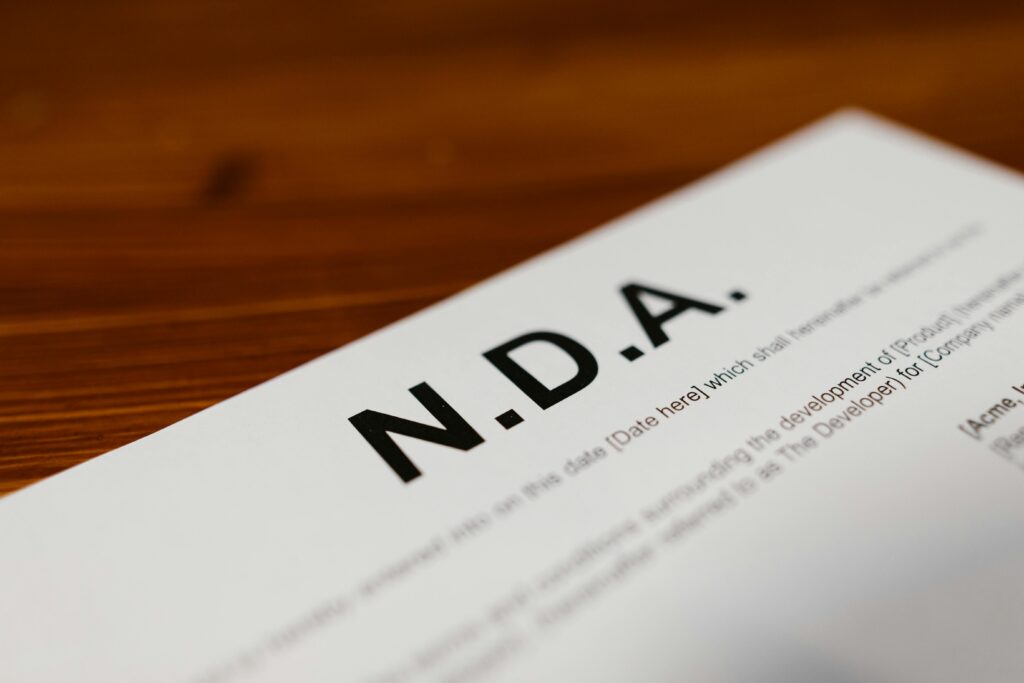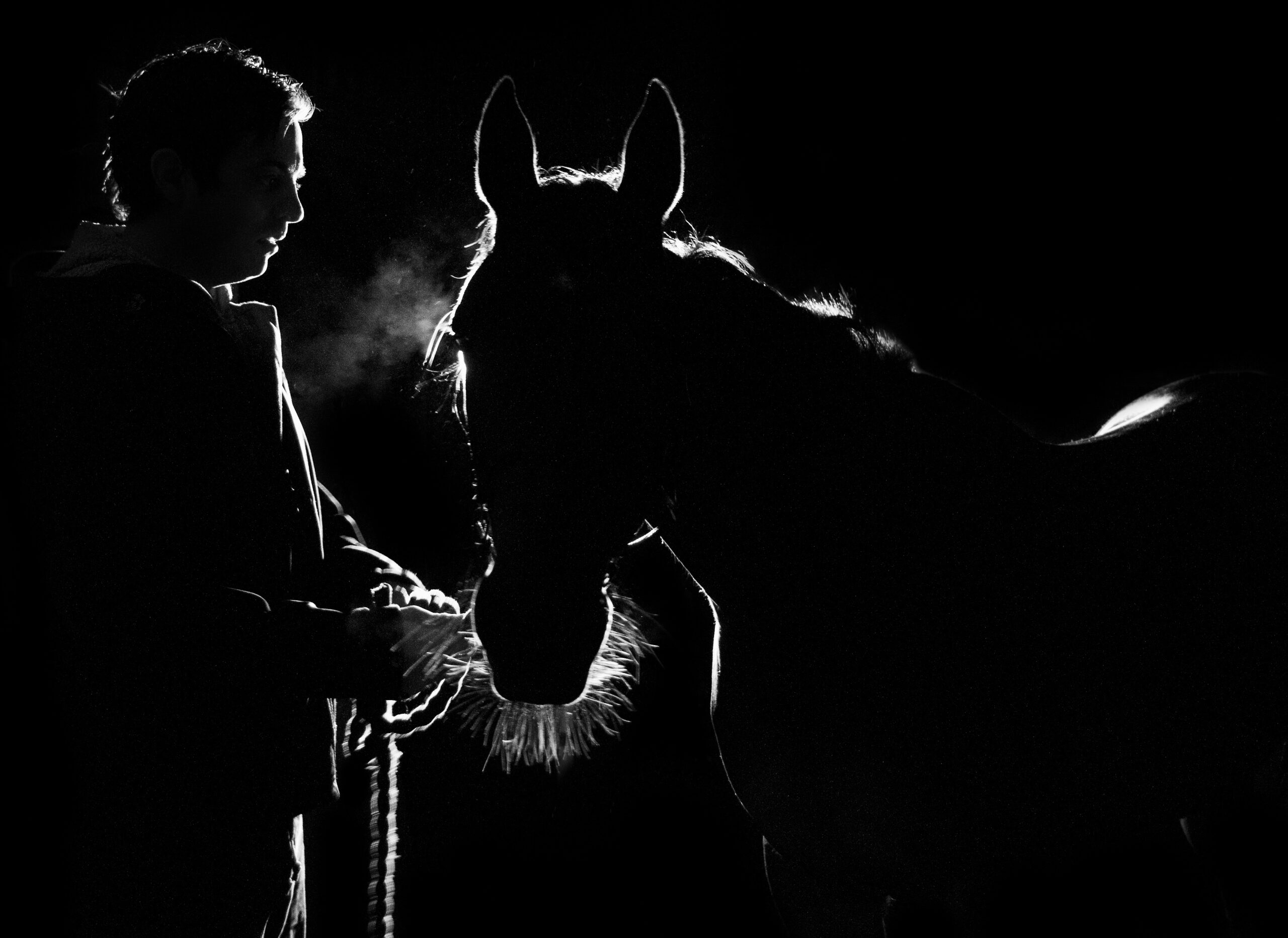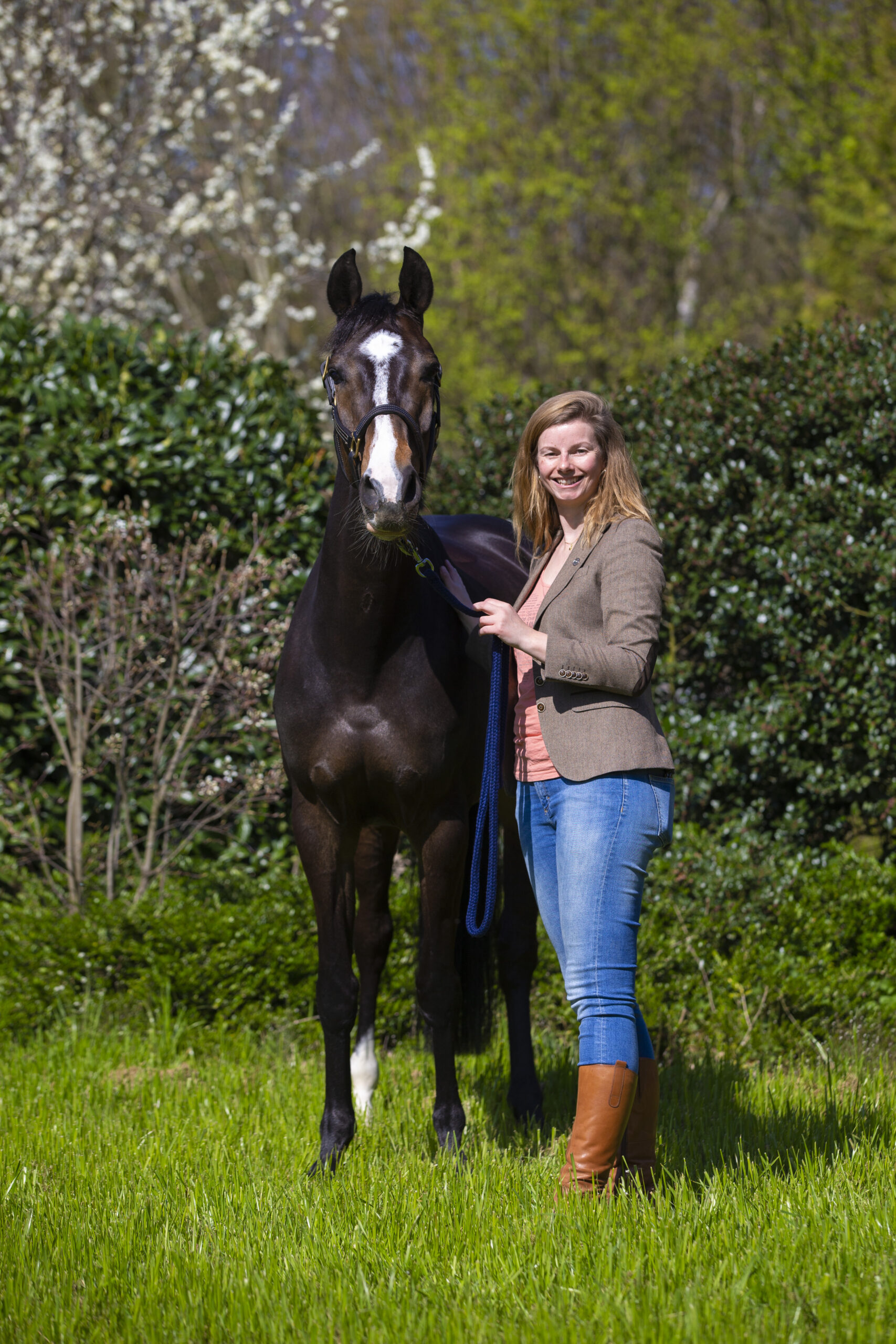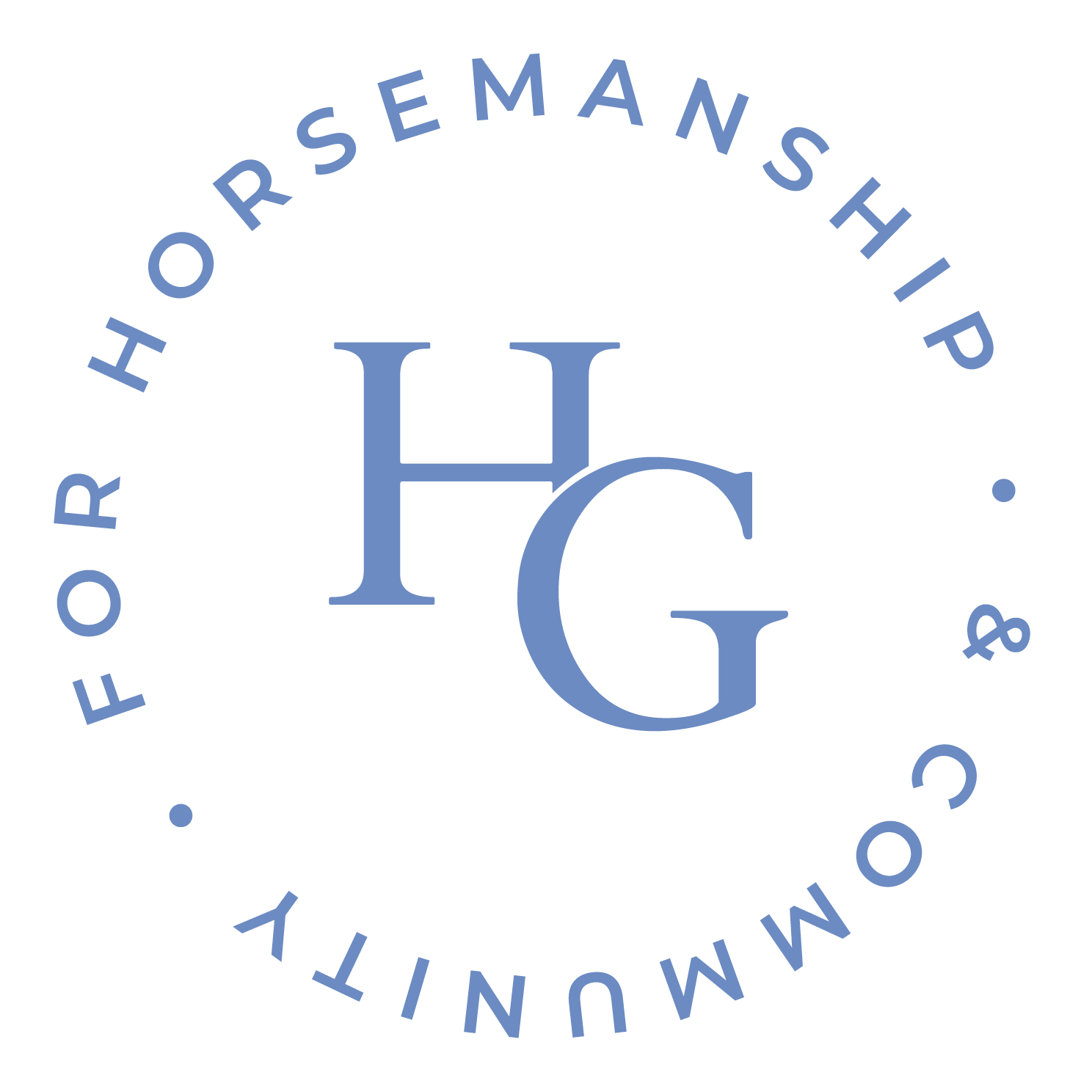In recent times, the equestrian community has shown a heightened focus on prioritizing horse welfare. This shift is partly attributed to growing social awareness and critique of practices deemed unfriendly to animals. Responding to these concerns, the Fédération Équestre Internationale has taken proactive measures, related to its stringent anti-doping regulations, to uphold horse welfare across all facets of equestrian sports. This commitment extends beyond competition settings or doping-related matters, encompassing all participants–including athletes, owners, veterinarians and grooms–who are expected to adhere to these standards.
In this shifting field, a difficulty looms over the stables: the non-disclosure agreement (NDA). Often used to protect the reputation and privacy of owners and trainers, NDAs have become a controversial topic, especially when it comes to issues of horse abuse and welfare. What happens when grooms, bound by NDAs, witness acts of cruelty and feel the need to speak out?
Non-Disclosure Agreements
A non-disclosure agreement (NDA) is a legal contract between two or more parties that outlines confidential information they wish to share with each other for certain purposes but wish to restrict access to or disclosure of by third parties. NDAs are commonly used in various industries to protect sensitive information such as trade secrets, proprietary data or business strategies. In the equestrian world, NDAs may be utilized to safeguard the privacy of owners, trainers or stable operations. And it is in that capacity that they can present challenges when issues of animal welfare arise.
At the heart of this dilemma are multiple stakeholders, each with their own interests and concerns. Firstly, there’s the employer – the owner or trainer who relies on the services of grooms to maintain the well-being of their horses. For them, NDAs serve as a shield against potential damage to their reputation or legal consequences. They entrust their grooms with intimate knowledge of their stable operations, expecting discretion in return.
On the other hand, there’s the groom – the dedicated individual responsible for the day-to-day care of the horses. Often deeply connected to the animals they work with, grooms may find themselves in a moral dilemma when faced with instances of abuse or neglect. The conflict between loyalty to their employer and the welfare of the animals can weigh heavily on their conscience–especially when the employer is not open to criticism or improvement and the groom feels that the abusive practice will not cease unless the information is brought to light.
NDAs in our Social Media-Focused Society
In recent years, the rise of smartphones and social media has added a new layer of complexity to this issue. Not surprisingly, even the FEI recently released a new social media policy, outlining guidelines for all FEI member competitors regarding their social media usage. This underscores the current relevance and importance of this issue. However, one could also wonder whether the FEI is going too far and limiting its members’ freedom of speech with its policy. But that’s perhaps a question for another article.
Employees face the possibility of being unknowingly recorded or photographed, resulting in incomplete and potentially misleading images being circulated. These snapshots may inaccurately depict the practices within the respective stable, leading to unwarranted reputational harm. For instance, imagine a scenario where a horse, during an hour-long training session, momentarily opens its mouth. In a fraction of a second, a photo capturing that moment could be taken, potentially paving the way for allegations of “mistreatment” against the horse.

On the other hand, grooms who witness mistreatment may feel compelled to document it as evidence, either through photos or videos. However, sharing such evidence may constitute a breach of the NDA they’ve signed, putting them at risk of legal action from their employer.
Consequences of Breaching an NDA
The consequences of breaching an NDA vary depending on national jurisdictions and how this specific jurisdiction handles such breaches. In some cases, grooms may face civil lawsuits or even criminal charges for violating confidentiality agreements. Meanwhile, the impact on the employer can range from reputational damage to legal liabilities, depending on the severity of the allegations and the ensuing public outcry.
Jurisdictions may vary in the way they hold parties accountable to a written contract. In some jurisdictions, a contract is considered to be the highest deciding factor–meaning that breaching an NDA could more likely result in damages being awarded to the employer. Other jurisdictions might have legal limitations to the scope of NDAs, for example offering justifications for breaching NDAs in light of public interest or illegal activities. Some jurisdictions might require the employer to prove that he has suffered actual damages because of the breach of the NDA (causality), while others might not. This is why it might be a challenge for both employers and grooms to navigate their legal rights if a breach of NDA occurs.
Different legal jurisdictions may interpret breaches of a written contract, such as the NDA between parties, in various ways. In certain jurisdictions, contracts hold significant weight and serve as the primary deciding factor in legal disputes. If parties have agreed not to disclose certain information, breaching an NDA in these jurisdictions could potentially lead to the employer being entitled to compensation as it directly violates the contract terms.
On the other hand, there are also jurisdictions that are more open to a case-based interpretation of the facts, where the law allows the judge – whether hesitantly or not – to justify the breach of the NDA. For example, based on public interest, reasonableness and fairness–or because it may involve illegal practices.
Also, the burden of proof regarding the employer’s actual damages resulting from the breach of the NDA (causal link) may differ among jurisdictions.
This variability highlights the challenge that both employers and grooms encounter when navigating their legal rights in the event of an NDA breach.
Conclusions
Ultimately, the ethical dilemma of NDAs in the equestrian world emphasizes the need for a delicate balance between protecting privacy and ensuring the welfare of the animals.
Achieving a better balance might involve considering clearer guidelines within NDAs that explicitly allow for the reporting of welfare concerns. While, at the same time, promoting open communication between employers and grooms, potential issues might be identified sooner and resolved internally. Perhaps this helps to ensure that genuine cases of horse mistreatment receive the attention they deserve, while also preventing unnecessary alarm or misunderstanding over minor matters within an equestrian community that has become more sensitive to horse welfare.
Featured photo courtesy of the FEI.
A special thank you to Schelstraete Equine Law for working with Adriana van Tilburg for this blog.


